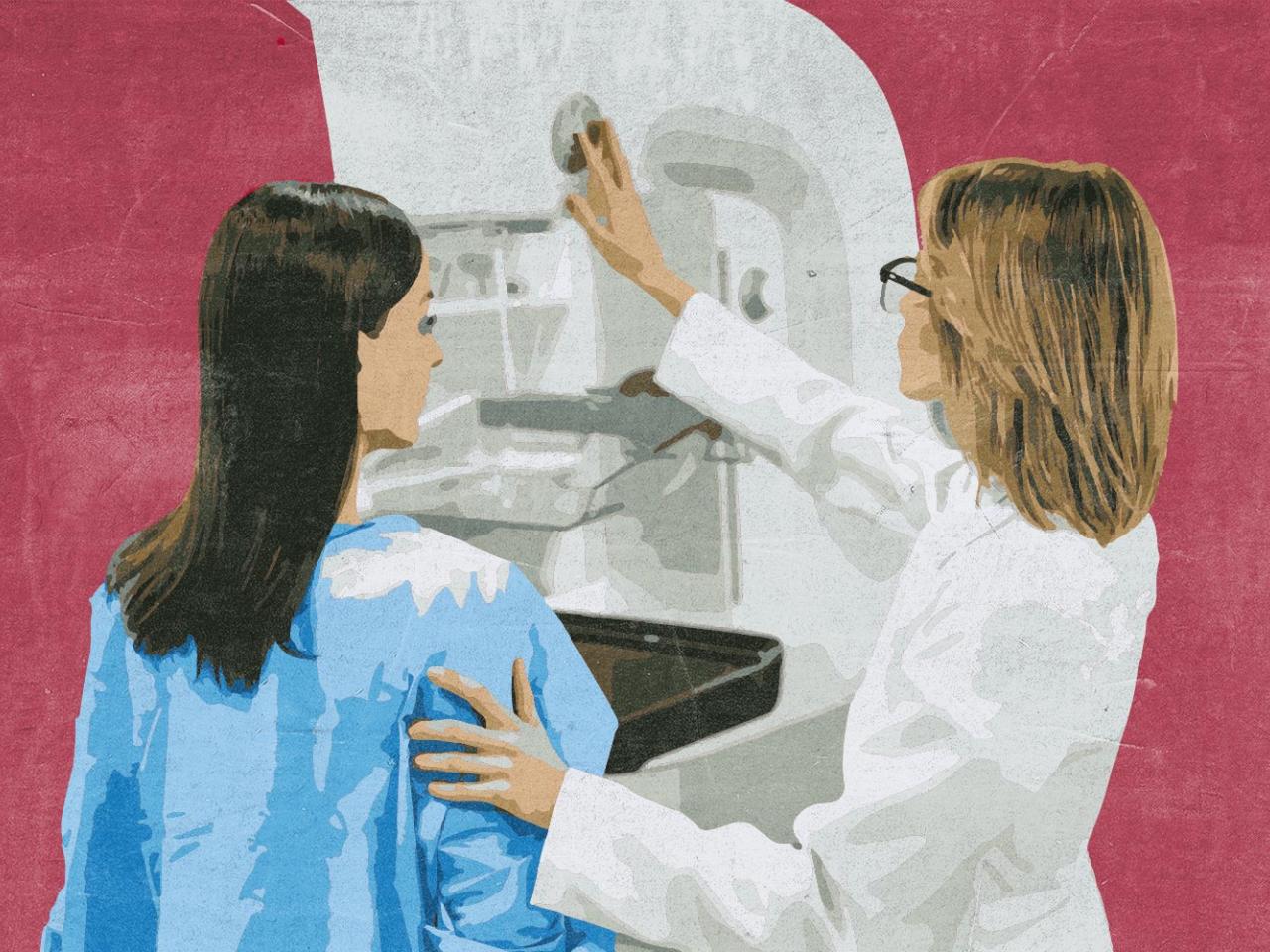Why are many women hesitant about breast cancer screenings? Many, many reasons

More than 250,000 women are diagnosed with breast cancer each year in the United States, making it the second-most common cancer among women, and 42,000 women die of it.
As many of us know, some of the most effective ways to fight breast cancer involve preventative testing, screenings and medicines.
Simple enough? Not really.
Financial concerns and barriers often deter women from all walks of life from getting those life-saving interventions. What those financial obstacles are exactly hadn’t been addressed until Ohio State’s Tasleem Padamsee discussed it during in-depth interviews with Black and white women at high risk of breast cancer for a recent study.
It’s part of a larger project called the Daughter Sister Mother Project: Empowering Women and their Healthcare Providers to Fight Familial Cancer. Padamsee discussed what her team discovered and how women, insurance companies and even health care providers can address these issues.
Originally published in Ohio State Insights, Sept. 2021.
About The Ohio State University College of Public Health
The Ohio State University College of Public Health is a leader in educating students, creating new knowledge through research, and improving the livelihoods and well-being of people in Ohio and beyond. The College's divisions include biostatistics, environmental health sciences, epidemiology, health behavior and health promotion, and health services management and policy. It is ranked 22nd among all colleges and programs of public health in the nation, and first in Ohio, by U.S. News and World Report. Its specialty programs are also considered among the best in the country. The MHA program is ranked 5th and the health policy and management specialty is ranked 21st.